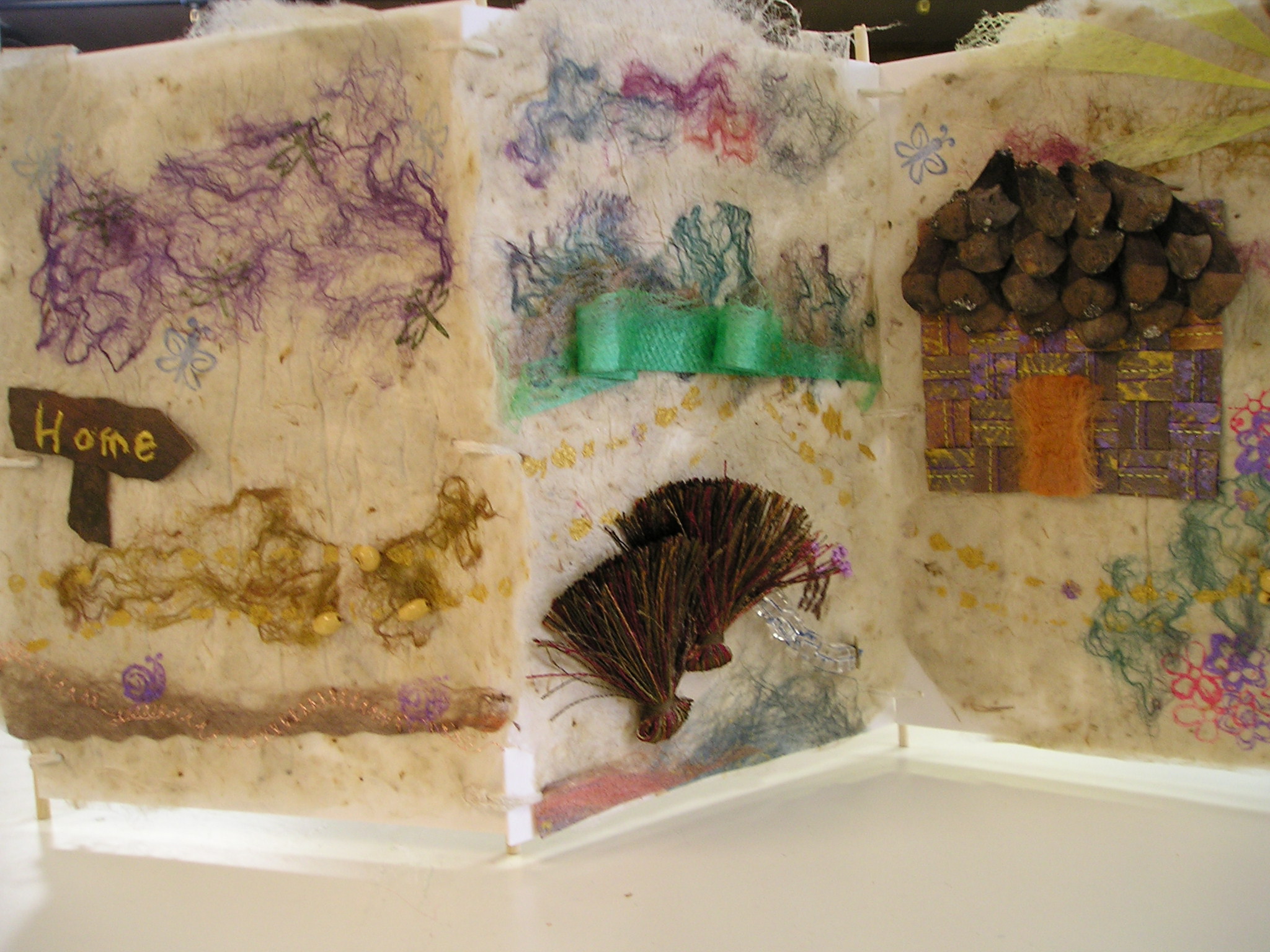
28 Feb Basket Making is Good for Your Health: Leah Dolgoy Interviews Jan Stansell
When I found out Pattie Bagley (Resident Artist for Baskets, Brooms, and Chair Seats/local mischief maker) was teaching an introductory rib baskets class, I knew I wanted a spot in the class. Right before coming down to the Folk School to begin my term as a second-time host, I completed my masters degree in Occupational Therapy (OT) – a rehabilitation profession that focuses on working with people to regain function and get back to meaningful occupation (self-care, leisure and work) after illness, injury or disability. Traditionally OTs have used crafts such as basket-weaving as a way to work on rehabilitation-related goals. There is also a strong connection between OT and the Folk School. Murray Martin, who was integral to the growth and success of the Brasstown carvers, was trained as an occupational therapist. For all these reasons, I knew it would be a special week for me. What I didn’t know was that Jan Stansell, an expert basket-maker, long-time Folk School instructor, and recent stroke survivor, would be one of my classmates.
Jan agreed to sit down and have a chat with me at the end of our week together.
LD: Tell me about your history with this craft. What kind of baskets do you like to make best? What is meaningful to you about basket weaving?
JS: Oh gosh – I probably started 30 years ago just as a little hobby. It was one of those hobbies that became a small business. I learned initially from someone in the town where I was living. Generally people who have made baskets as long as I have tend to specialize in one kind or another (whether it be Nantucket, or naturals etc). I never did. I always called myself a basket generalist. Whatever class was going on that sounded interesting, I would come and try it, and generally incorporate it into my work. I guess what’s meaningful to me about baskets is that along with pottery, it is just such an old craft and an old way of doing things. You can also go in so many different directions with it – the artistic end, the functional end. You can use traditional materials or go to something else entirely.
LD: I understand you have a very long history with the Folk School. Can you tell me more about your relationship with JCCFS?
JS: My very first class here was 26 years ago. It was a white oak baskets class and was fairly advanced. It was so exciting to discover a whole other way of life and that there were people who just loved to be together and make things, and make music. At the time, I was not a person who made a lot of long-term goals in my life. I would go to these seminars at work and they would say “you’ve got to set goals, you’ve got to do this or that.” And I thought to myself “if I had a goal, what would my goal be?” And I thought “I know! My goal will be to teach at Folk School.” So I started thinking to myself about what I would have to do to make that happen. I suppose I’d have to get a portfolio together, volunteer to assist in a class and make myself known. And then as I was mulling this over I was at a craft show, and a woman who happened to be in charge of programming at the Folk School approached my booth. She asked if I ever taught at the Folk School. I said “No.” She asked if I’d like to. I thought to myself – this goal-setting thing is a cinch! If I had known that, I would have been setting goals years ago! It was at a time when the Folk School was actively looking for instructors so I started coming up as an instructor 20 or 25 years ago. Over the years, I have met so many wonderful people. Coming here is not like going away; it’s like coming home. I used to cry going home from Folk School (laughs).
LD: What did you want to be when you grew up, Jan?
JS: I think I wanted to be a cowboy but that didn’t quite work out! (laughs) I have always liked arts and crafts – ever since I was little. When people would give my big brother a model plane kit, I would always be the one to put it together. I have always been into figuring out how things fit together and into making stuff.
LD: I understand that you are recovering from a recent stroke. Can you tell me a little about how things are going? I know it has affected your whole life, but also made a particularly huge impact on your life and identity as a basket maker.
JS: I had a stroke about 6 months ago. I was camping in the Smokies when it happened. I got some very good, quick medical care in Asheville, and survived. But it really of course changed my life completely. I went through a period of mourning for my old life, and had to accept that I was going to have to figure out how to keep on living. I didn’t lose my speech but I lost a lot of physical function. My physical therapy went quite quickly. I was up and balancing, kicking balls and doing all the things they make you do. But the cognitive therapy was a lot harder, and I am still doing that on an out-patient basis. Upon finding out I was a basket maker, my occupational therapist (OT) said “surely you want to go back to basket-making.” And I just wasn’t sure. I thought maybe that part of my life was over and this was a time that I was supposed to go in a different direction. I just really didn’t know. But she said she really wanted me to bring in some materials and for me to teach her how to make a basket.
LD: Yeah! Learning basket making used to be such an important aspect of occupational therapy training. OTs traditionally used it as a way to work on all sorts of rehabilitation goals: everything from hand strength and dexterity, to concentration and attention, to working on interpersonal skills in a group setting. I think in a lot of cases, they don’t teach it in OT school anymore, or certainly this was the case for me. Your therapist hit the jackpot with you as a patient!
JS: So yes – we compromised. I brought in a little stool and we wove a twill design seat for it. I thought I would be more competent with that on my first try. But I wasn’t. It was quite frustrating. Now we are working on a basket. I think I will resume making baskets but not as a business. And I keep saying I will start in the spring, but we’ll just have to see how it goes. When I saw Pattie was teaching a beginning class, I figured it would be a good opportunity to feel like a beginner again (to get in touch with how beginning students feel). I knew Pattie was such a good teacher, and I knew the Folk School would be a safe place for me. It’s easy to get around on foot. I knew there would be plenty of people to help me cross the road (I did lose a fair bit of sight with my stroke). And it’s worked out really well. The baskets certainly have been a challenge for me this week. In some cases, I can remember what I should do at a certain point, but I can’t quite figure out how to get my hands to do it.
LD: I know this week you completed your first (and second) basket post-stroke which is just incredible. Your OT is going to be super jazzed.
JS: Yeah – I’ll take my baskets in to show her when I get home.
LD: What would you like to say to other people who may be in a similar situation to yours? In particular, what is your advice to other craftspeople who may have experienced an injury like a stroke?
JS: I would say don’t think that you have to do anything. There is just a certain amount of time that has to elapse (at least in my experience) before you’re ready to do certain things and if you try too soon, it’s just going to be frustrating for you. On the other hand, if you want to get back into your craft, it’s amazing what can happen. And the Folk School is such a special place. Maybe if you come for basket weaving, you’ll end up spending a bunch of time with the storytellers or the blacksmiths. There are just so many opportunities for enrichment and exchange with people. Every time I go to the Folk School, I come home with a new reading list. Of course recovery is always different for different people, and you should not have a timetable for resuming your craft because there are so many factors that will influence when or if you should do so. However, coming to the Folk School to resume my craft seemed natural for me. This is such a nurturing place. I’m sure I will continue to come as a student. I am officially retired from teaching. I don’t see that as something I will be able to get back to (stress, driving etc.) but that could change too. You never know.
LD: Is there anything else you want to share?
JS: Just hello to all my Folk School friends who might be reading this. (Smiles)




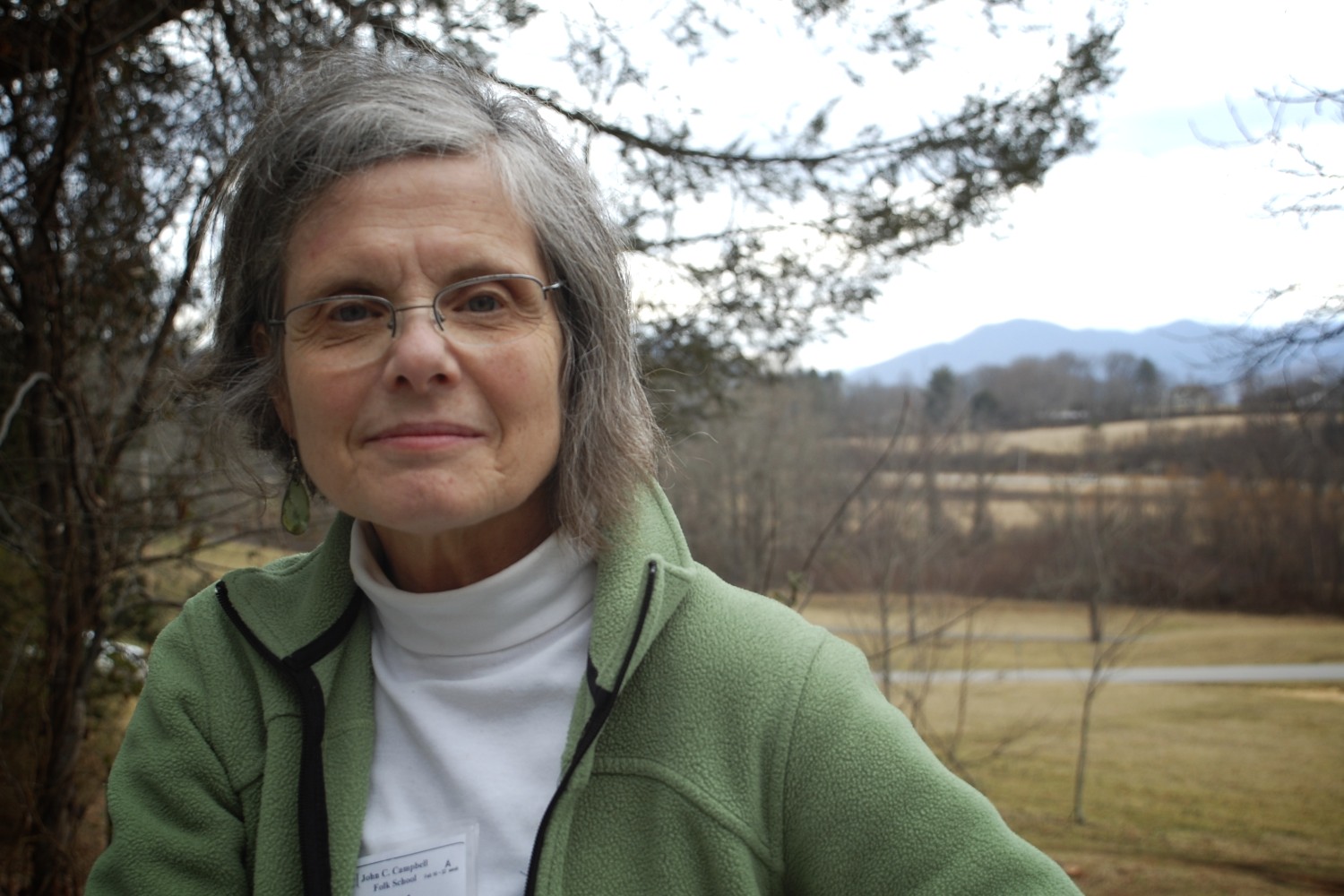
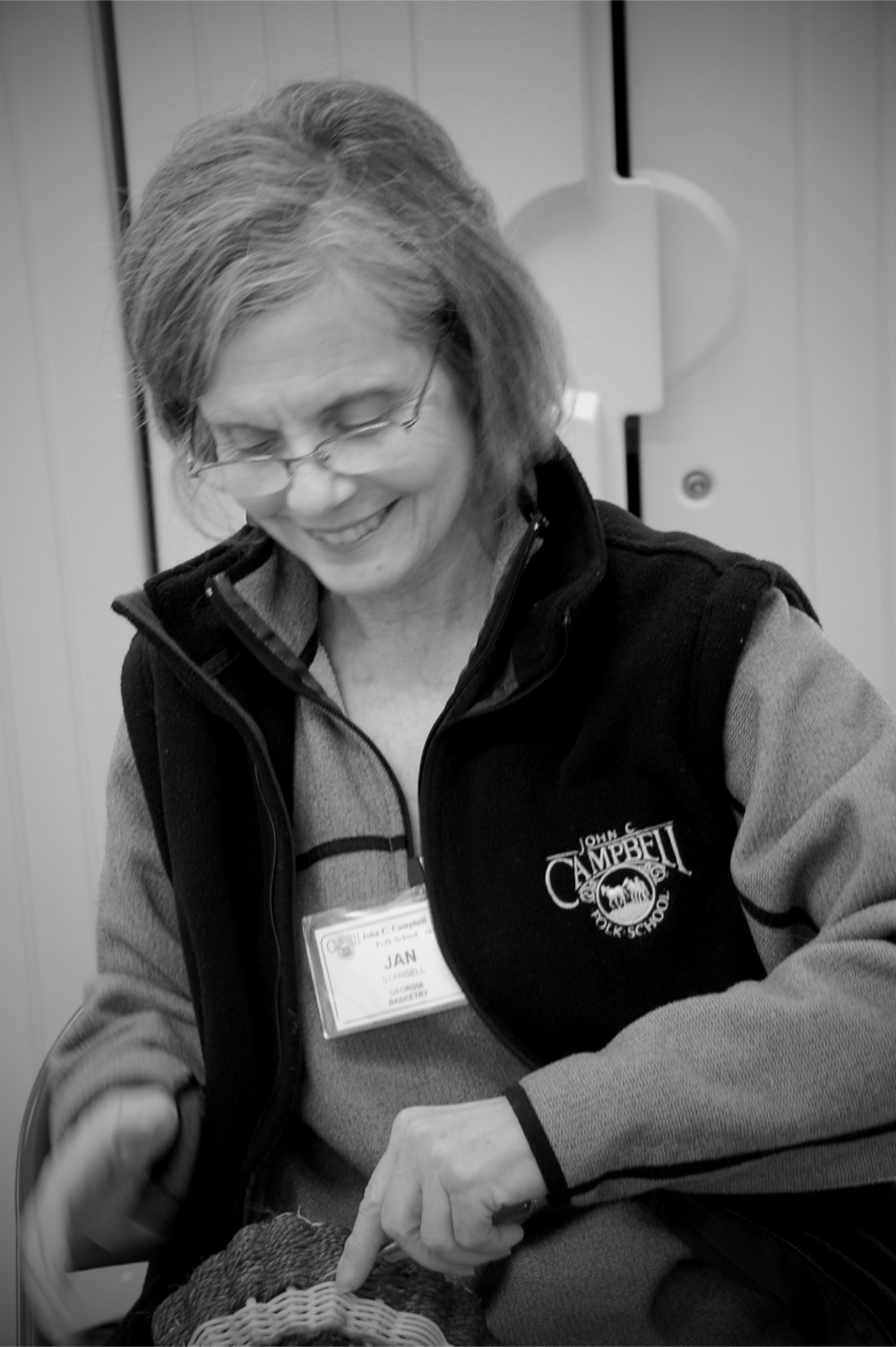
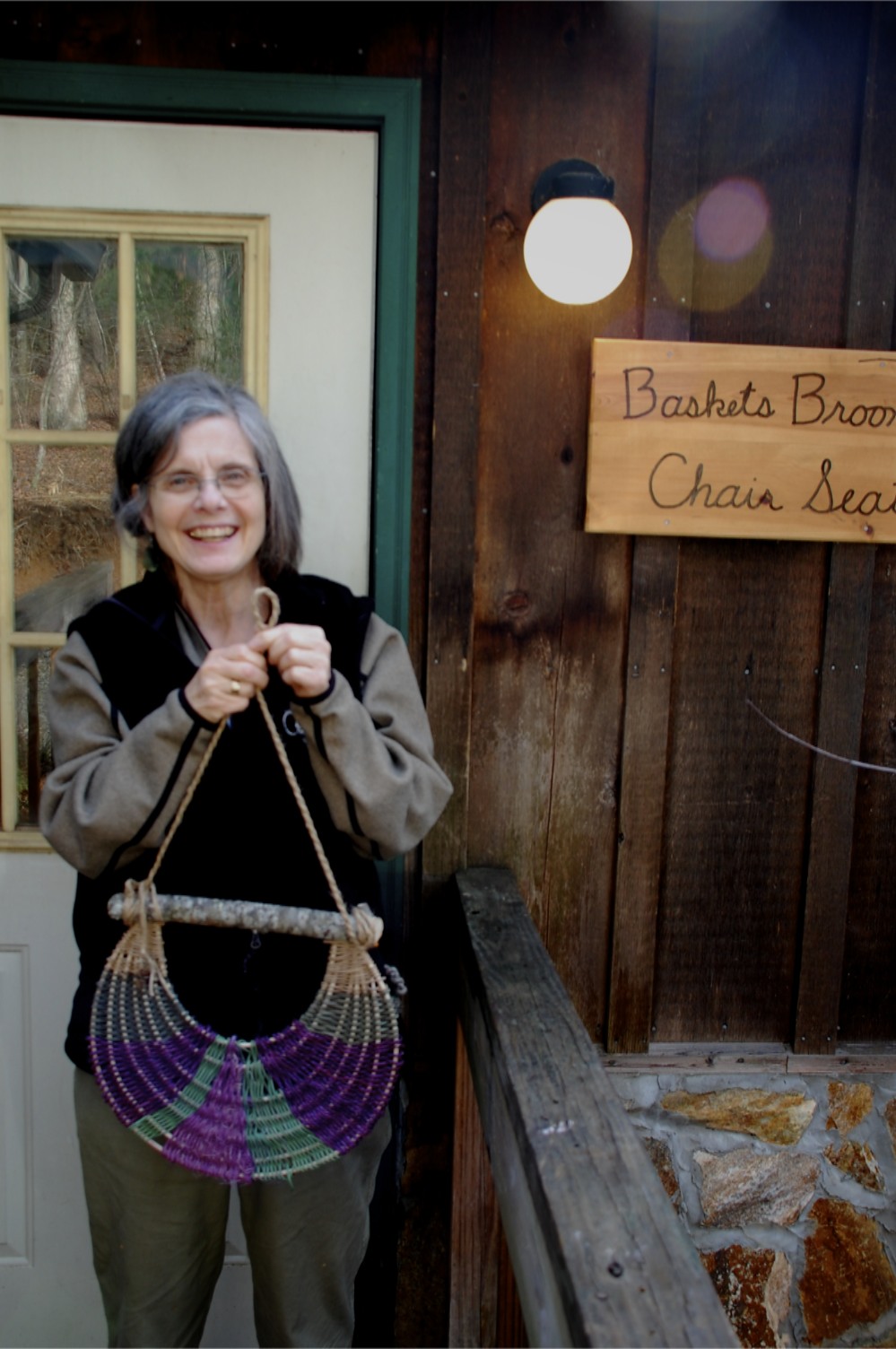
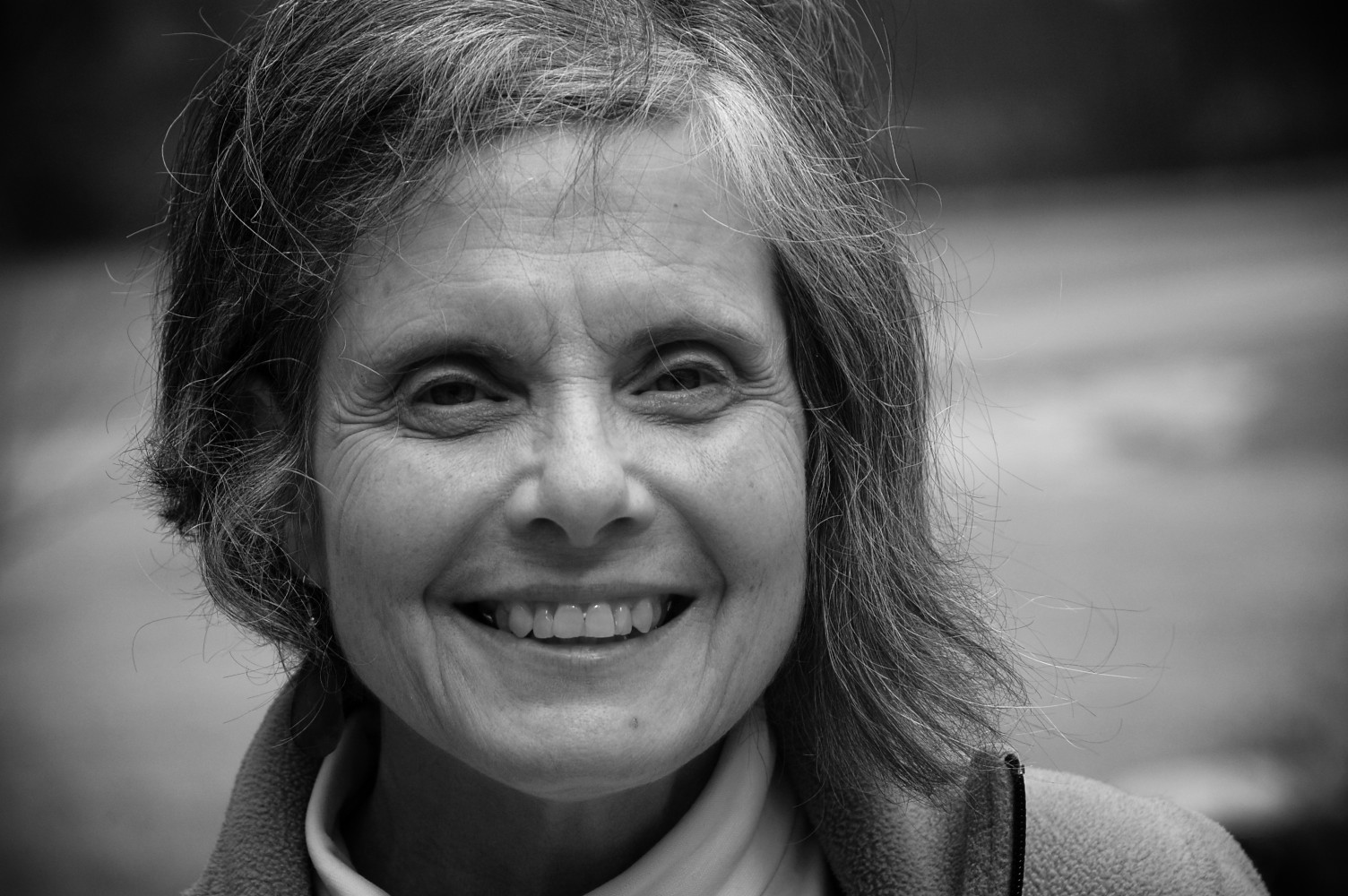
Mary Ann Smith
Posted at 17:37h, 01 MarchWe basket makers are a tough bunch. Jan, so good to see that you’ve rebounded and to see that wonderful smile of yours. Happy weaving, Mary Ann Smith
Wayve Dennison
Posted at 17:56h, 01 MarchThank you for this article. I, too, consider the Folk School the home of my heart since 1980, and recognize its restorative magic. I will forward your story to a young friend who is starting out in her career as an O.T. I like your idea that you don’t have to rush back into your craft. Come to think of it, I will also send this to a contra dance frined who is recovering from a severe stroke. Thanks again, and I wish you many more trips to Brasstown.
Virginia Spitzer
Posted at 18:38h, 01 MarchJust read the blog/story and wanted to tell you how much I appreciate it! I attended the white oak basket class back in 1997…with Mark Kolinski, and Jan was in my class…probably the only one I remember by name. This was shortly after I started weaving baskets. We have touched base a few time since at the fall festival and other craft shows, where I purchased some pine needle earrings made by you Jan. I have continued to weave baskets all these years too. Thank you for this story although I am sad to hear about your stroke, you give a great out look on life after something like this happens. I wish you continued strength in your recovery and hope God continues to bless you. Oh, BTW I love your rib basket…beautiful! I hope we meet again one day.
Virginia
Jan Stansell
Posted at 23:13h, 07 MarchI remember you, Virginia, thanks for the good wishes
Laeta Smith
Posted at 18:57h, 01 MarchJan, I’m so sorry to hear about your stroke but I know it will take more than that to hold you back. I love the Nantucket basket you made and think of you often. I hope to see you at Bear this year.
Take care and stay strong.
Laeta
Jan Stansell
Posted at 19:04h, 31 MarchSee you at the Bear.
Lea
Posted at 20:15h, 01 MarchLeah,
Thanks for a great article. Going to pass on to son’s girlfriend.
Leah Dolgoy
Posted at 09:47h, 02 MarchYay! Spread the basket-making/OT love around!
Candy Retter
Posted at 06:34h, 02 MarchJan’s smile still lights up the room. what a great spirit. So glad you are on the road back with many new journeys ahead.
You are truly and inspiration. Best wishes for your recovery and more adventures to follow
Candy
June Rollins
Posted at 07:41h, 02 MarchJan is an inspiration. Thank you for this thoughtful and touching interview filled with wisdom.
Penny Prichard
Posted at 17:50h, 02 MarchWhat a terrific article. Leah, thanks so much for writing it and sharing it. Jan, thanks so much for continuing to be such an inspiration to us all. So pleased to see how well you are doing.
Jan was my very first teacher at the Folkschool – back in ’95 or ’96. I took a weekend chair seat weaving class, fell in love with that part of basket making and the Folkschool. I’ve returned to JCCF many times and always cherish the time I am there but none so much as that first weekend with Jan.
When I return to the Folkschool I come around a corner and catch my first glimpse of the campus – in that instant all of my tensions from day to day life disappear and all of the happy memories race through my mind. Special place, special people.
Jan Stansell
Posted at 17:42h, 06 MarchPenny I remember that weekend (and you) fondly
Mark Van Denend
Posted at 19:39h, 02 MarchJan,
It was great to read this interview. I remember my skeptic thoughts and your passion and knowledge wining me over.
Keep smiling and weaving.
All the best
Mark
jan
Posted at 17:57h, 03 MarchIs this Mark from Nepal and New Jersey? how did you find this posting?
/
Lynn Johnson
Posted at 13:14h, 03 MarchJan,
I am so pleased to hear of your progress. You are a survivor! I have always treasured your baskets that I have, and now more than ever. Please continue on your journey to whatever makes you happy.
Take Care,
L.
Jan Stansell
Posted at 17:37h, 06 MarchLynn, you’r a survivor as well
Barbara ann tronsgard
Posted at 17:05h, 04 MarchYo Jan,
I took my first basket course from you!! I am so proud that you are
making baskets no matter what!!. You are so important to so
many people!! Keep on weaving!!
Barbara Ann
Jan Stansell
Posted at 17:35h, 06 Marchthanks, Barbara, hope to see you at Bear on the Square!
Sharon Seneker
Posted at 11:42h, 12 MarchThank you for sharing through this article! I too love basket weaving classes at the Folk School! Glad you are still weaving!
Betsy Orlando
Posted at 11:51h, 12 MarchSo good to read this, Jan. And so glad that you have gone back to the Folk School and that you are making baskets again. You are an inspiration to us all!
Jan Stansell
Posted at 19:03h, 31 Marchthanks, Betsy, and peace and love to you
Mary Dashiell
Posted at 12:50h, 12 MarchI enjoyed reading this interview very much Leah. I met you when I was an assistant in Nanette’s cooking with fire class at the end of January. Thanks for your positive approach and insightful writing.
Hi Jan, It was good to be in Nanette’s class with Roger Belanger. He told me about the stroke and your indomitable spirit. I send you lots of good cheer and hope for your continuing recovery. Let’s get together and play with clay again sometime in the not too distant future. Love, Mary
Jan Stansell
Posted at 19:01h, 31 MarchHope to see you again soon
Nancy Carlson
Posted at 14:37h, 12 MarchThank you, Leah, for a very interesting interview with a very inspiring young lady. Her story should give us all the push we need when “the going gets tough”. I have never met Jan but I know from your article that she is an awesome person. Jan, may you continue on your incredible journey to recovery and to doing all of the things you love.
Roz Dewart
Posted at 21:27h, 13 MarchShe is an amazing woman that I am not sure I ever met in person but only through an email work connection. She was so wonderful like an angel helping me navigate research text that I never would have found on my own, a research librarian guru for years in my public health career.
Carolyn McMorrow
Posted at 10:47h, 13 MarchDear Jan, What can I say that all the other lovely ladies haven,t said. You are a treasure , and my week-end class with you (hat making) was wonderful and I and I thought later I want to take another class with that wonderful , fun teacher. I wish you the best and speedy recovery. Fondly, Carolyn McMorrow Mass. If there were anything I could do for you, I would.
Jan Stansell
Posted at 19:41h, 15 MarchBless you, Carolyn
Roz Dewart
Posted at 21:23h, 13 MarchJan, you were so wonderfully helpful to me at CDC for so many years, helping me find all I needed to find research publications and studies about travelers’ health when Internet was in its infancy. I would so love to take a basket weaving course from you. God speed, you are an angel and so many people are grateful for your kindness and generousity
Sincerely,Rosamond Dewart.
Jan Stansell
Posted at 19:39h, 15 MarchOh,Roz, thank you!
Laura Leathers
Posted at 14:50h, 17 MarchHi, Jan–You were always such a help to me when you worked in the library at CDC and so pleasant to boot–glad to know you are doing so well after your stroke–you look wonderful in your photograph–your old friend, Laura Leathers
Jan Stansell
Posted at 18:58h, 31 MarchThanks, Laura do you remember the time you came to the library to research mini_goats?
Susan Childs
Posted at 06:15h, 31 MarchHi Jan, I met you at a craft show in Sautee a couple of years ago and am sorry to hear about your stroke, so happy that you are getting better, keep it up….keep working…. You are in my thoughts and my prayers, God Bless You!
Pingback:Host Leah Dolgoy Loves to Make Your Day | Cory Marie Podielski
Posted at 13:15h, 25 December[…] You just interviewed Jan Stansell for the Folk School blog and it was a really touching interview. In it you talked about how Occupational Therapy (OT) and […]
Pingback:Cooking, Quilting, and Needlework: An Interview with Penny Prichard - John C. Campbell Folk School Blog
Posted at 07:52h, 25 April[…] about the Folk School. I told a good friend of mine that we had to go. I took a weekend class with Jan Stansell on chair seat weaving. It was so much fun. At closing ceremony, I saw all of the other classes and […]